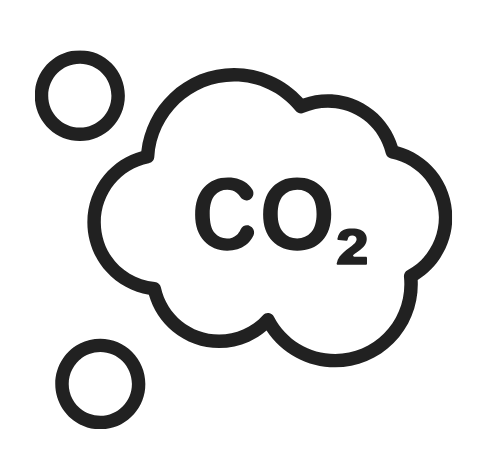Products
Bamboo in Renewable Energy
Biomass Energy: Unlocking Bamboo’s Potential
Bamboo biomass is a promising renewable energy source due to its high energy content, averaging around 18-20 MJ/kg, which is comparable to traditional wood. Through processes like gasification and pyrolysis, bamboo can be converted into various biofuels:





Bamboo Charcoal
Bamboo charcoal is emerging as a sustainable and eco-friendly alternative to traditional charcoal and fossil fuels. By converting bamboo into charcoal, we unlock numerous economic, financial, and environmental benefits. This process not only capitalizes on bamboo’s high carbon content but also emphasizes sustainability and renewable energy, making it a cornerstone in the transition to a greener economy.
The Conversion Process: From Bamboo to Charcoal
The production of bamboo charcoal involves the carbonization of bamboo through a controlled process known as pyrolysis. This thermal decomposition occurs in the absence of oxygen, transforming organic material into charcoal while preserving its porous structure.
Key Steps in the Production Process

Harvesting and Preparation
- Sustainable Harvesting: Mature bamboo culms, typically 3-5 years old, are selectively harvested to ensure continuous growth and regeneration.
- Sizing: The bamboo is cut into manageable pieces to facilitate uniform carbonization.
Drying
- Moisture Reduction: The bamboo pieces are air-dried or kiln-dried to reduce moisture content below 15%, enhancing efficiency in the carbonization process.
Carbonization
- Pyrolysis: The dried bamboo is heated in a kiln or furnace at temperatures between 400°C and 800°C in an oxygen-limited environment.
- Thermal Decomposition: This process breaks down the bamboo’s organic compounds, resulting in charcoal with a carbon content of over 75%.
Cooling and Collection
- Controlled Cooling: The charcoal is cooled in an inert atmosphere to prevent oxidation.
- Quality Assurance: The final product is inspected for consistency and purity before packaging.
Bamboo Charcoal: A Cleaner Alternative
Derived from the carbonization of bamboo, bamboo charcoal offers a sustainable substitute for traditional charcoal and fossil fuels.




